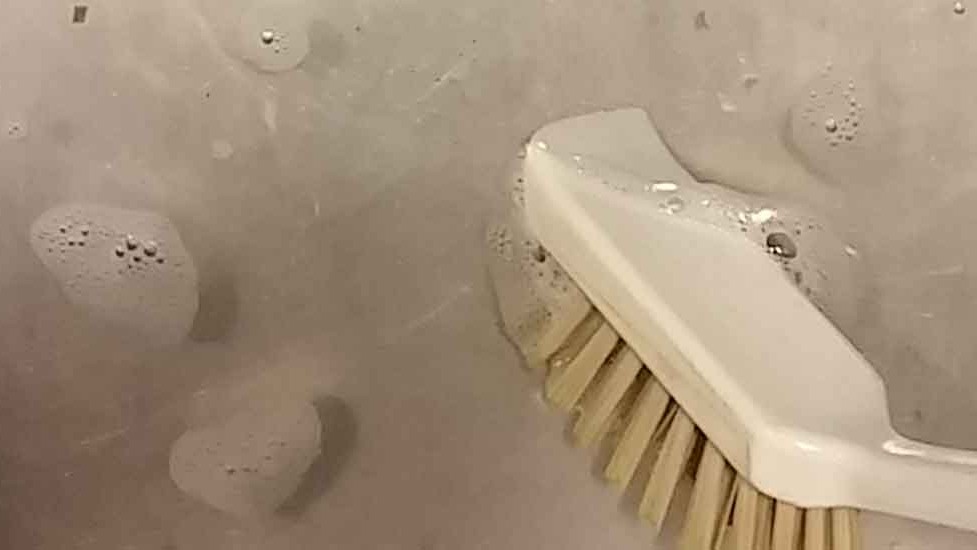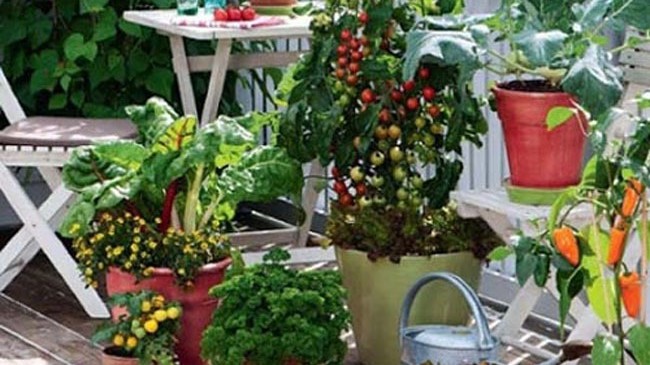Wetlands – bet you didn’t know that, besides forests, they are the most biodiverse places across this wide land, home to a startling array of flora and fauna that is often not found anywhere else. Oh, and here’s another bit of trivia for you – the week starting January 29th 2011 is World Wetlands Week, so it’s time to wise up to the wonderous world of wetlands!
So, what is a wetland? Essentially, wetlands are classified as: an area of land either permanently or temporarily covered with water or with waterlogged sediments which supports plant and animal communities. They can include things like
- billabongs, lakes, lagoons
- swamps and marshes
- saltmarshes, mudflats
- mangroves, coral reefs
- bogs, fens, and peatlands.
Australia has a bunch of really amazing wetlands, both natural and artificial, and, as a co-worker of mine put it, they are “the kidneys of our waterways”. You see, wetlands act as important filters for all manner of pollutants such as sediments, nutrients, organic and inorganic matter and bacteria before they reach our river systems and ocean.
Wetlands are vitally important elements in waterway and river system health, yet they are so often overlooked. Instead of looking at these places as “boggy wastelands”, it’s important to remember what our Australian wetlands actually do. I reckon wetlands are a bit like the ultimate (but underappreciated) staff member – they get a bit forgotten, but we couldn’t do without them. So amazing are these beautiful wild spaces that they are responsible for all this:
- They are highly productive ecosystems, and are able to capture energy and provide food for many animals.
- They provide important refuges for wildlife in times of drought.
- They are naturally beautiful places and provide opportunities for recreation activities such as boating, swimming, bushwalking and bird watching.
- They provide a natural water balance in the landscape and help to provide protection against floods.
- They have a role in providing water quality protection in the catchment by filtering pollutants such as sediments, nutrients, organic and inorganic matter and bacteria.
- They support a wide variety of flora (plants) and fauna (animals) and form different habitats and ecosystems.
- They provide nursery areas for fish, and breeding grounds for wildlife, particularly waterbirds.
- Wetlands provide vital habitat for some species of threatened fauna (animals).
- They provide refuge for migratory waterbirds that breed in the northern hemisphere in countries such as China and Siberia. Thousands of migratory waterbirds inhabit Australian wetlands each year.
- Many wetlands are of cultural significance to aboriginal people.
- They provide opportunities for scientific research and are a source of education for the community.
Australia has some 65 Ramsar wetlands, meaning these are internationally recognised for their importance, bio-diversity, or their uniqueness. In addition to this, there are over 900 significant and important wetlands, many of them closer to you than you may realise.
So what can we do, as gardeners, to look after our wetlands, during World Wetland Week and beyond? Well, for a start, we can think really carefully about what we are doing in our own backyards, and how that might impact these precious places. Did you know that one of the biggest threats to the health and biodiversity of wetlands is weeds, many of which originate in our own backyards, ponds and aquariums?
Dumped garden waste, seeds moved by wind, water and critter, aquatic plants washed down drains – all of these spell serious trouble for wetlands. My tip? Know what plants cause an issue, or have the potential to cause issues, in your area, and avoid planting them. If you already have these plants in place, manage them to prevent their spread. Remove spent flower heads before they form seed, dispose of garden waste in a compost or green waste bin, and don’t allow your ponds to overflow and spread potentially harmful aquatic plants.
Another wetland-saving winner is to minimise run-off from your property. Many of us utilise recycled and greywater across our gardens, which is a fantastic way of reducing our household water consumption. However, if this stuff is allowed to leave our property and enter our wetland and river systems, we are all in big strife. The increase nutrient loads in this type of water, coupled with the unknown quantity of chemicals, cleaners, detergents and the like can spell disaster for wetland ecosystems. Algal blooms are an obvious issue, but their are numerous other water, plant and soil health issues that can arise if our grey gets into a waterway.
Regardless of where you live, it’s important to remember that what you do in your backyard can have an impact far beyond your fence line. And while we are on that point, why not get to know what’s happening in wetlands beyond your fence, and get involved in the myriad of activities happening in your neck of the woods this World Wetland Week? Check out the link and get involved – you will soon realise what a wonderful wange of wetlands we have!
Find out what’s happening in your state: www.environment.gov.au/water/wetlands/world-wetlands-day
Related Articles:
Going Grey Water – Video
Just be thankful you’ve got any water at all, even if it has been around the block once or twice before. But treat it with caution and ensure…
Rentals & Small Spaces as Productive Oases
As population and cities grow, houses on traditional quarter acre blocks are becoming more expensive and you may only have the option of renting or…


